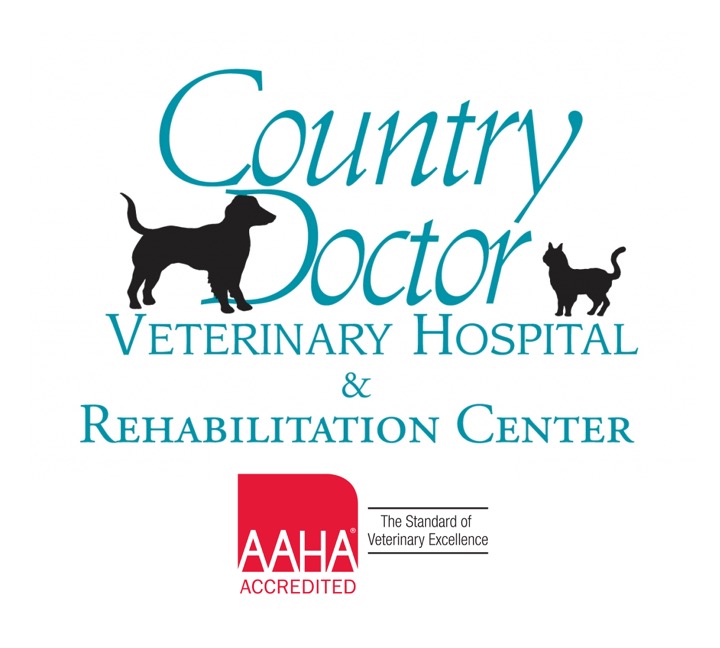Library
-
Regular wellness exams and laboratory testing are designed to detect hidden disease in dogs, allowing for earlier intervention to correct or manage the disease. Typical testing in young or middle-aged dogs include complete blood count, biochemistry panel, urinalysis, and thyroid testing. These tests can be done in conjunction with your dog’s annual visit to your veterinarian.
-
Regular wellness exams and laboratory testing are designed to detect hidden disease in older cats, allowing earlier intervention to manage or slow the progress of the disease. Typical testing in senior and geriatric cats includes complete blood count (CBC) that assesses the red blood cells, white blood cells, and platelets; a biochemistry panel that provides information about the organs, electrolytes, blood sugar, and proteins; urinalysis that assesses kidney function and can identify inflammation or infection in the urinary tract; thyroid testing to identify hyperthyroidism; and blood pressure assessment to identify hypertension.
-
Regular wellness exams and laboratory testing are designed to detect hidden disease in senior dogs, allowing earlier intervention to manage or slow the progress of the disease. Typical testing in senior and geriatric dogs includes complete blood count (CBC) that assesses the red blood cells, white blood cells, and platelets; a biochemistry panel that provides information about the organs, electrolytes, blood sugar, and proteins; urinalysis that assesses kidney function and can identify inflammation or infection in the urinary tract; and a thyroid test to screen for hypothyroidism.
-
Cats can have misalignment of the teeth much like people. In people, orthodontic care can be used to perfect a pleasing smile or create a functional bite. In cats, the goal is to make the mouth functional and pain free. Often, this involves moving, reducing the height of teeth, or extracting teeth.
-
Dogs can have misalignment of the teeth much like people. In people, orthodontic care can be used to perfect a pleasing smile or create a functional bite. In dogs, the goal is to make the mouth functional and pain free. Often this involves moving teeth, reducing the height of teeth, or extracting teeth.
-
Cat grass can be one of many cereal grains such as oat, wheat, barley, alfalfa, or rye. The grass is planted and cultivated indoors and presented to the cat as a supplement to the existing diet. Eating grass targets a cat’s natural instinct to forage and provides entertainment as well as nutritional and digestive value.
-
Dogs were built to chew. That is a fact. Bones can lead to a number of health problems from minor injuries to severe illness. Our job as pet parents, is to provide them with chewing options that do not put them in jeopardy. Happy chewing!
-
Cats will always lick, but it is sometimes embarrassing when they lick their private parts. Licking after eliminating is normal; however, if your cat licks more frequently, or you notice other signs such as discharge; swollen or red penis, vulva, or anus; pustules; discoloration of the skin; or if your cat strains to urinate, see your veterinarian for help. Appropriate medical therapy can reduce your cat's discomfort.
-
Burying of toys or food items by dogs goes back thousands of years as a means of preserving food and storing valuable or scarce food resources. Dogs today do it out of ancestral habit and as a means of resource protection. If you notice that your dog seems to be digging compulsively, contact your veterinarian.
-
Running a veterinary clinic has a lot of overhead and behind the scenes cost that many pet owners aren't aware of. Human healthcare is far more expensive and less efficient than you realize. Plan ahead and take preventive steps to help reduce treating costly problems.

